Violence is tearing Mali and the Sahel apart. But who are the armed groups behind the bloodshed? Where are international actors stationed in the region? And what motivates them all? This project maps jihadist and non-jihadist groups and pinpoints the presence of external actors in the region as of May 2019.
Dan Na Ambassagou
This group, whose name means “those who put their trust in God” in Dogon, operate in the central and eastern part of the Mopti region, in areas colloquially referred to as the “Pays Dogon”. In Mali, which is nearly 90 percent Muslim, the Dogon make up a sizeable portion of the non-Muslim population, though there are also ethnic Dogon communities that are Muslim. Dan Na Ambassagou emerged in late 2016 from traditional hunters’ brotherhoods. They represent a loose coalition of largely Dogon self-defence militias that operate under the military authority of Youssouf Toloba. They are very present around Bankass, Bandiagara, Koro, and Mondoro, and are believed to have committed a series of massacres against Peul populations, including at Kolougon in January 2019 and Ogossagou in April 2019. They frequently attack Peul villages and encampments, alleging that jihadists affiliated with Katibat Macina take refuge there. They have also clashed with Peul self-defence groups, which they accuse of cooperating with jihadist fighters. Peul activists and NGO officials have also alleged that several former Malian military officers still in contact with the government are involved with Dan Na Ambassagou, and that their fighters have at times cooperated with Malian defence and security forces operating in their areas.
Other groups of local “hunters” sometimes referred to as Dozo – both Dogon communities and also Bambara speakers – exist in areas near Douentza, Djenné, and Segou. However, these groups are fluid and do not have the same kind of military organisation as a group like Dan Na Ambassagou, even as they have still been allegedly responsible for atrocities in these areas.
